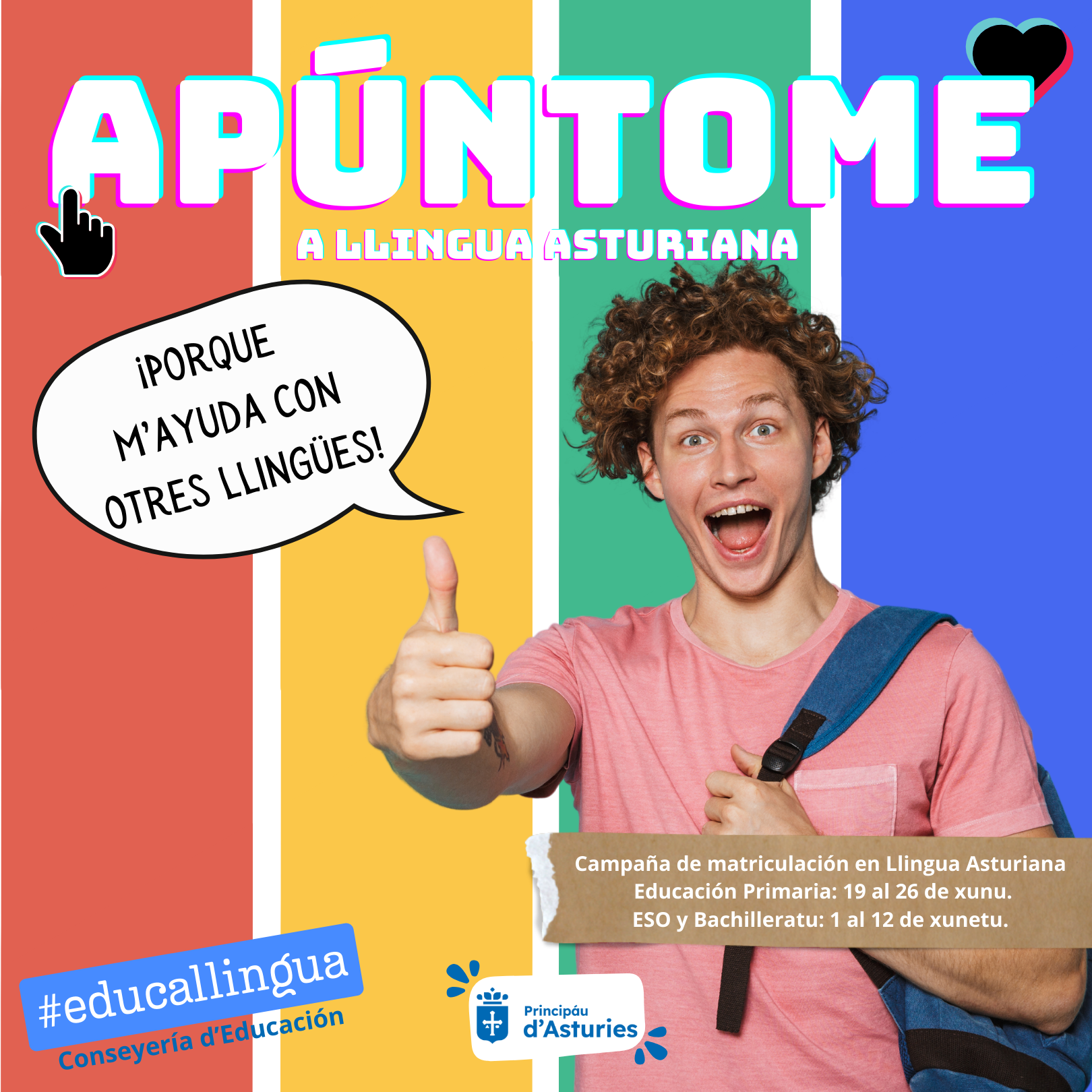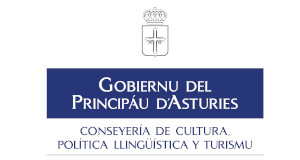Transport
15 Avientu, 2008 por Asturies.com





We may still find means of carriage or haulage in Asturies which have been present for milleniums. We refer here to means of haulage closer to dragging than anything else, such as the rastrón for transporting stone, and to other more evolved means of transport such as the carreña, carriella or corza, made from interlaced sticks or poles for transporting manure, earth, cobs of corn, etc, and the forcáu or rametu, for grass and hay, but which was also used for carting lumber, or whatever was necessary.
The rustic or "screaming" cart typical in Asturies, el carro del País or carro chillon, with a rolling system based on a fixed axle which turns with both wheels and which was used to cart grass and straw and equally to carry the bride's dowry at weddings. All these rustic engines are pulled by the omnipresent pair of cows or bullocks harnessed to the cornal yoke,which sits just behind the horns, as these animals have always been used for carrying and not for pulling in Asturies. Men carry all that needs to be carried on their backs, from the pouch which holds pails or truncated conical buckets to sábanos de hierba, or bales of straw, and women too, from armfulls of lumber to pails of water or their baby's cot. The men also made use of the pail or gamella to carry two heavy cauldrons on their backs and handbarrows for transporting stone and ofher materials.
The rustic or "screaming" cart typical in Asturies, el carro del País or carro chillon, with a rolling system based on a fixed axle which turns with both wheels and which was used to cart grass and straw and equally to carry the bride's dowry at weddings. All these rustic engines are pulled by the omnipresent pair of cows or bullocks harnessed to the cornal yoke,which sits just behind the horns, as these animals have always been used for carrying and not for pulling in Asturies. Men carry all that needs to be carried on their backs, from the pouch which holds pails or truncated conical buckets to sábanos de hierba, or bales of straw, and women too, from armfulls of lumber to pails of water or their baby's cot. The men also made use of the pail or gamella to carry two heavy cauldrons on their backs and handbarrows for transporting stone and ofher materials.









